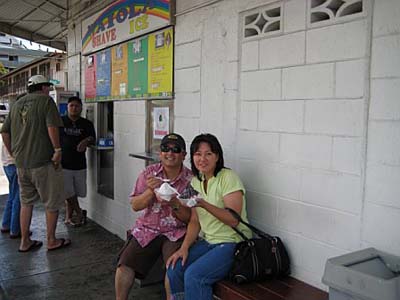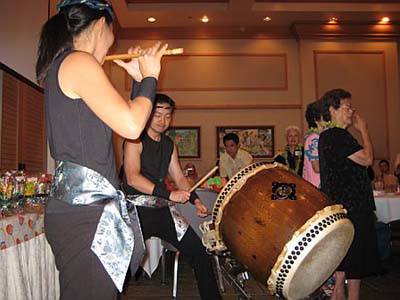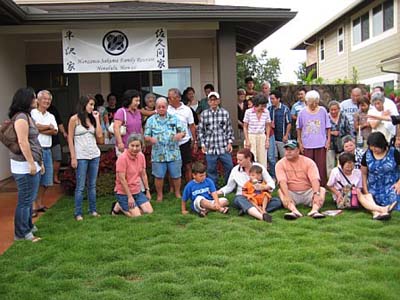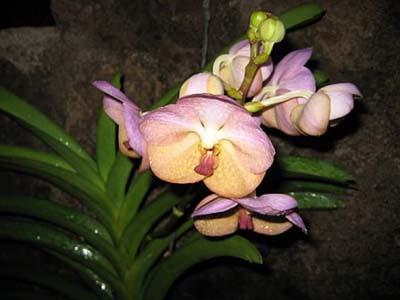Necessary cookies help make a website usable by enabling basic functions like page navigation and access to secure areas of the website. The website cannot function properly without these cookies.
We do not use cookies of this type.
Marketing cookies are used to track visitors across websites. The intention is to display ads that are relevant and engaging for the individual user and thereby more valuable for publishers and third party advertisers.
We do not use cookies of this type.
Analytics cookies help website owners to understand how visitors interact with websites by collecting and reporting information anonymously.
We do not use cookies of this type.
Preference cookies enable a website to remember information that changes the way the website behaves or looks, like your preferred language or the region that you are in.
We do not use cookies of this type.
Unclassified cookies are cookies that we are in the process of classifying, together with the providers of individual cookies.
We do not use cookies of this type.
 We had heavenly shave ice at the Waiola corner grocery, which was just a block from where my grandfather had his home and business. The spot now has a high-rise apartment or condo on it, and the location of the Honolulu Stadium next door is now a park.
We had heavenly shave ice at the Waiola corner grocery, which was just a block from where my grandfather had his home and business. The spot now has a high-rise apartment or condo on it, and the location of the Honolulu Stadium next door is now a park.






